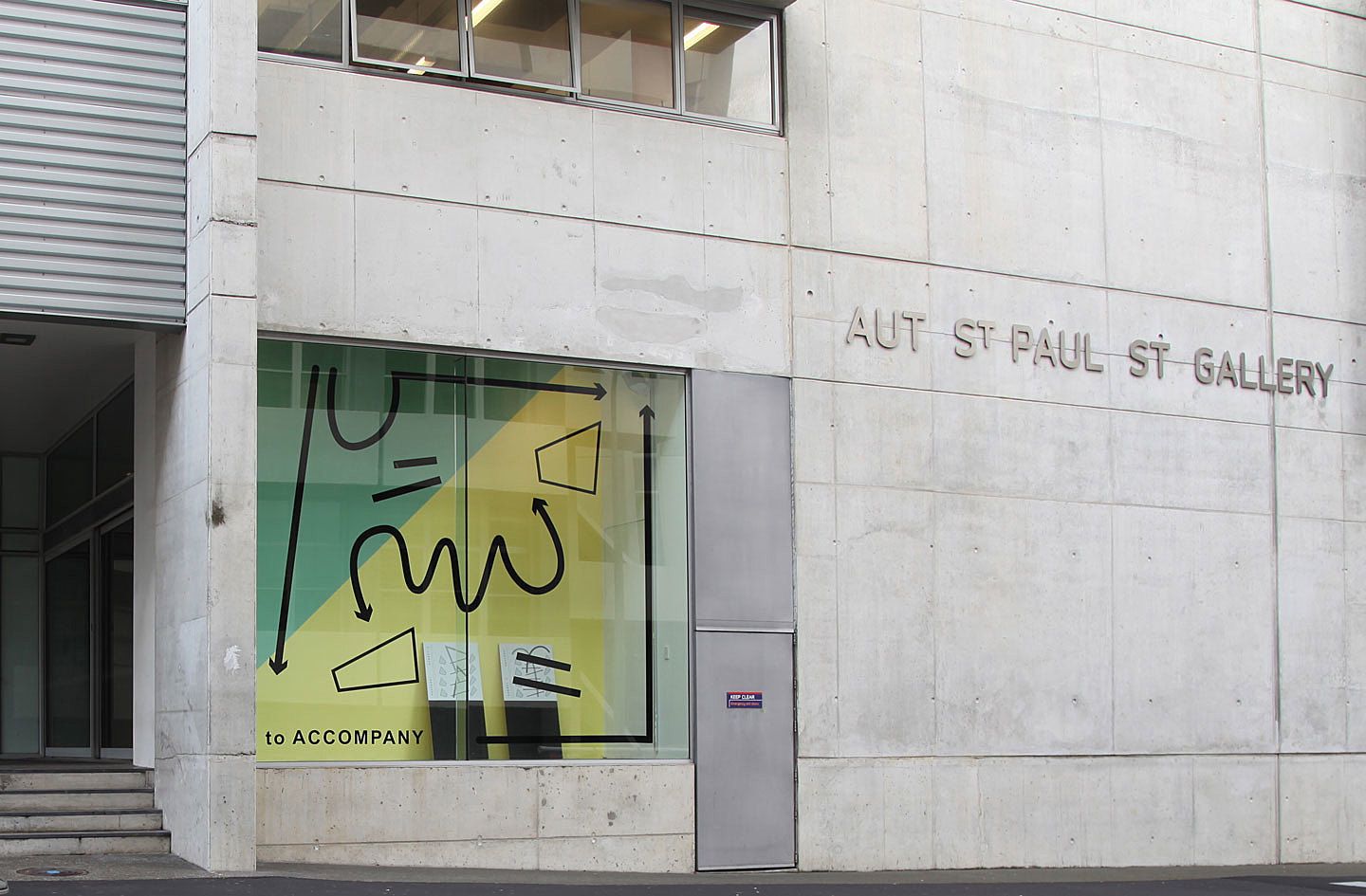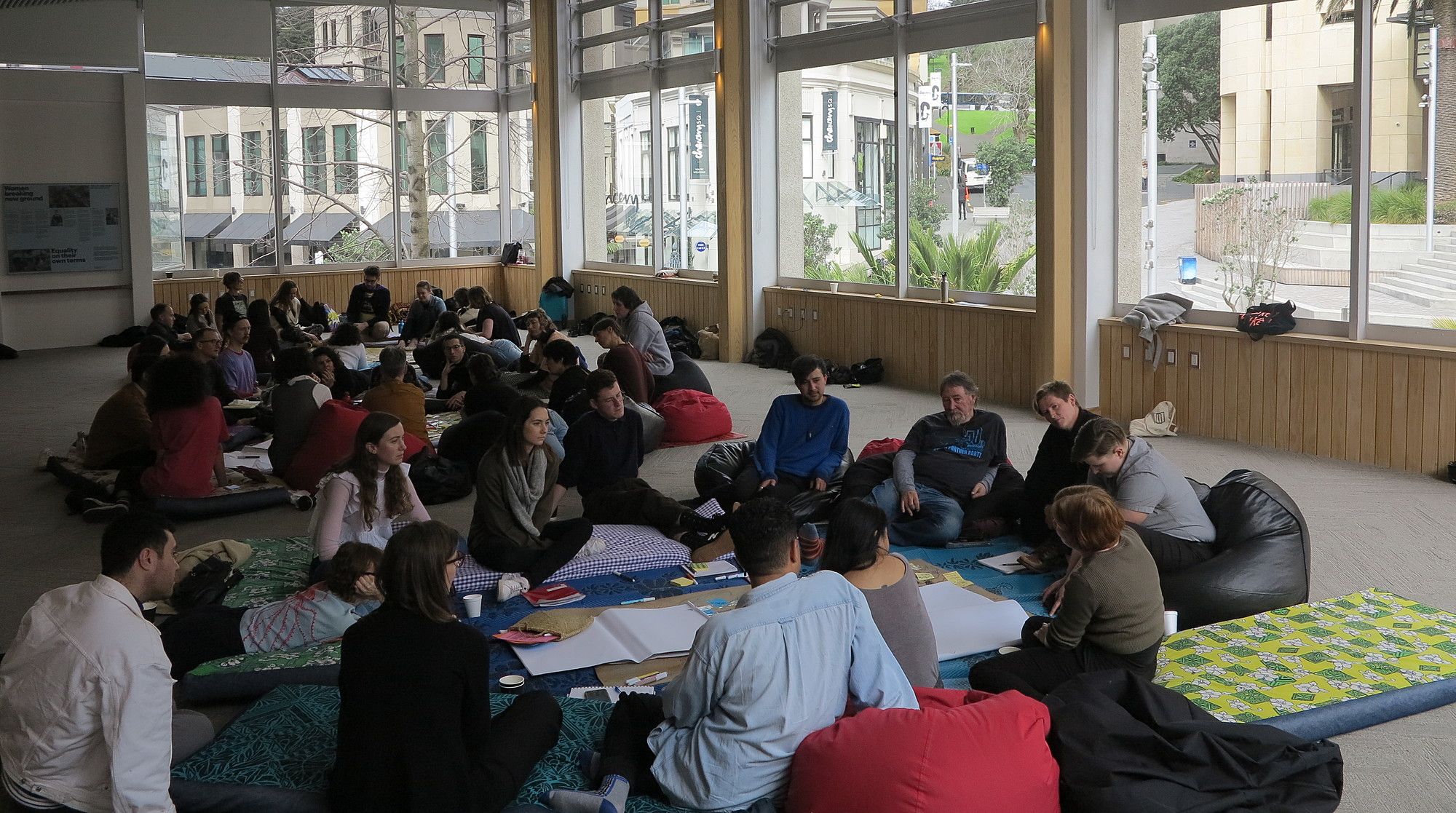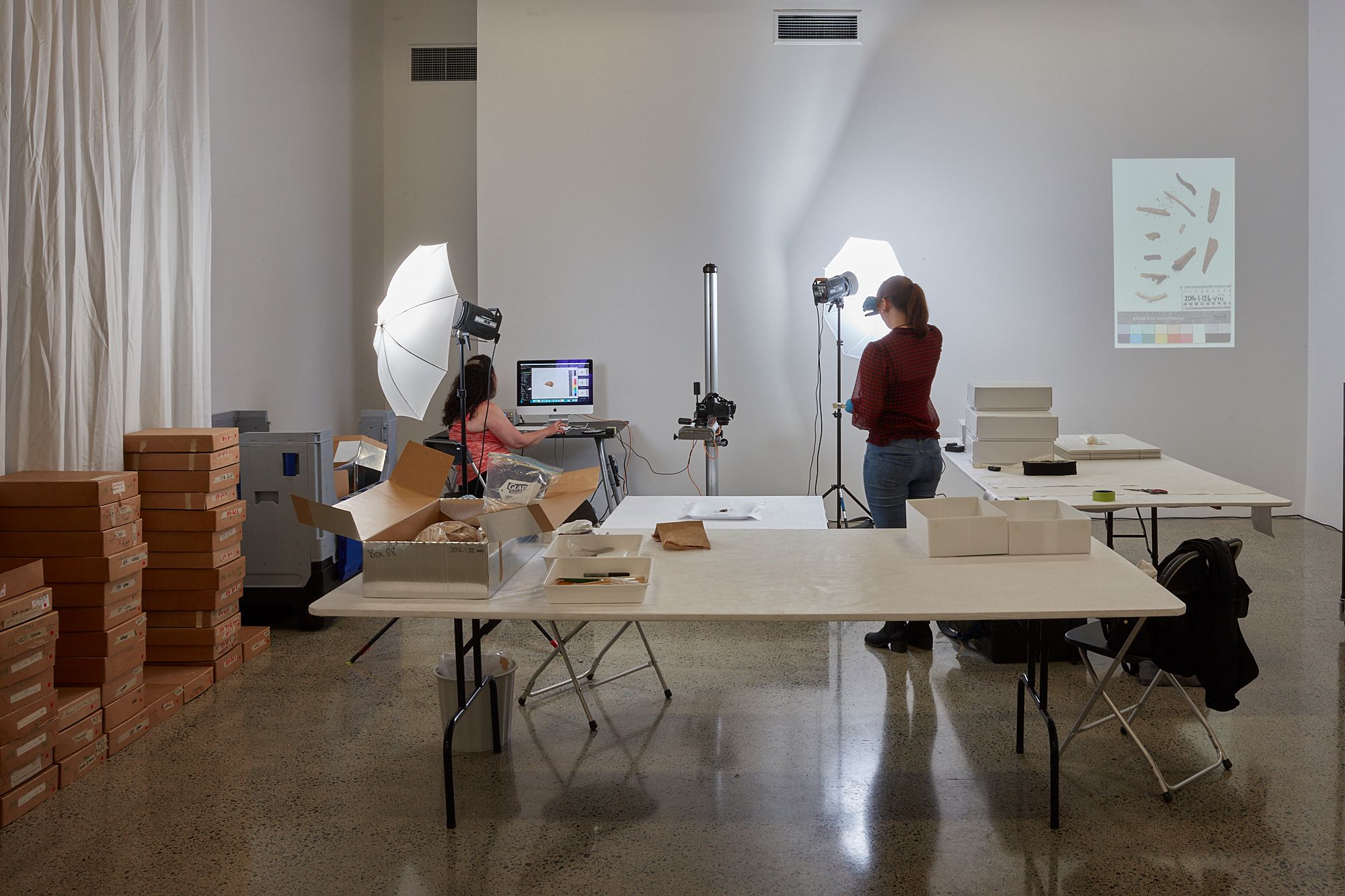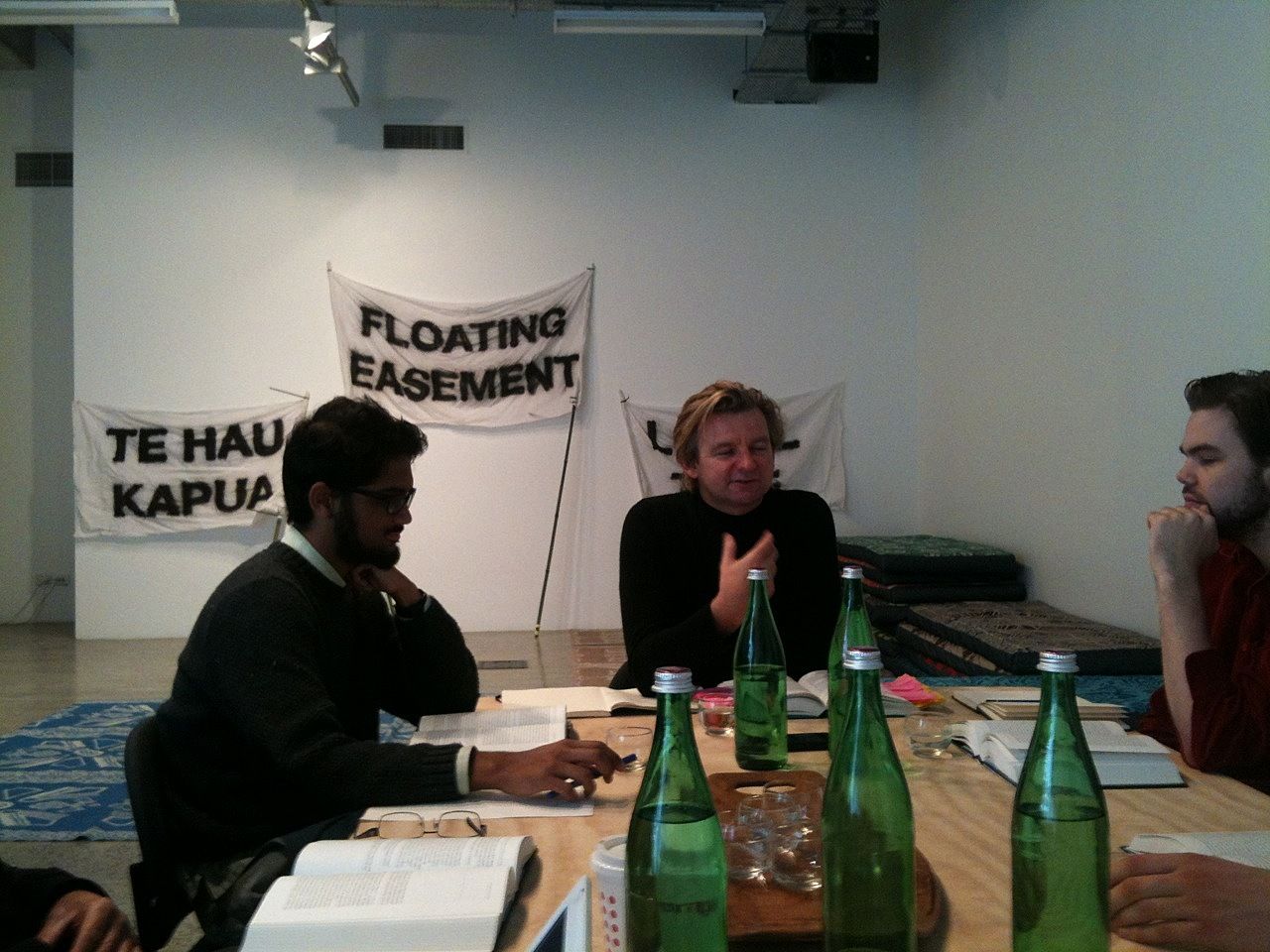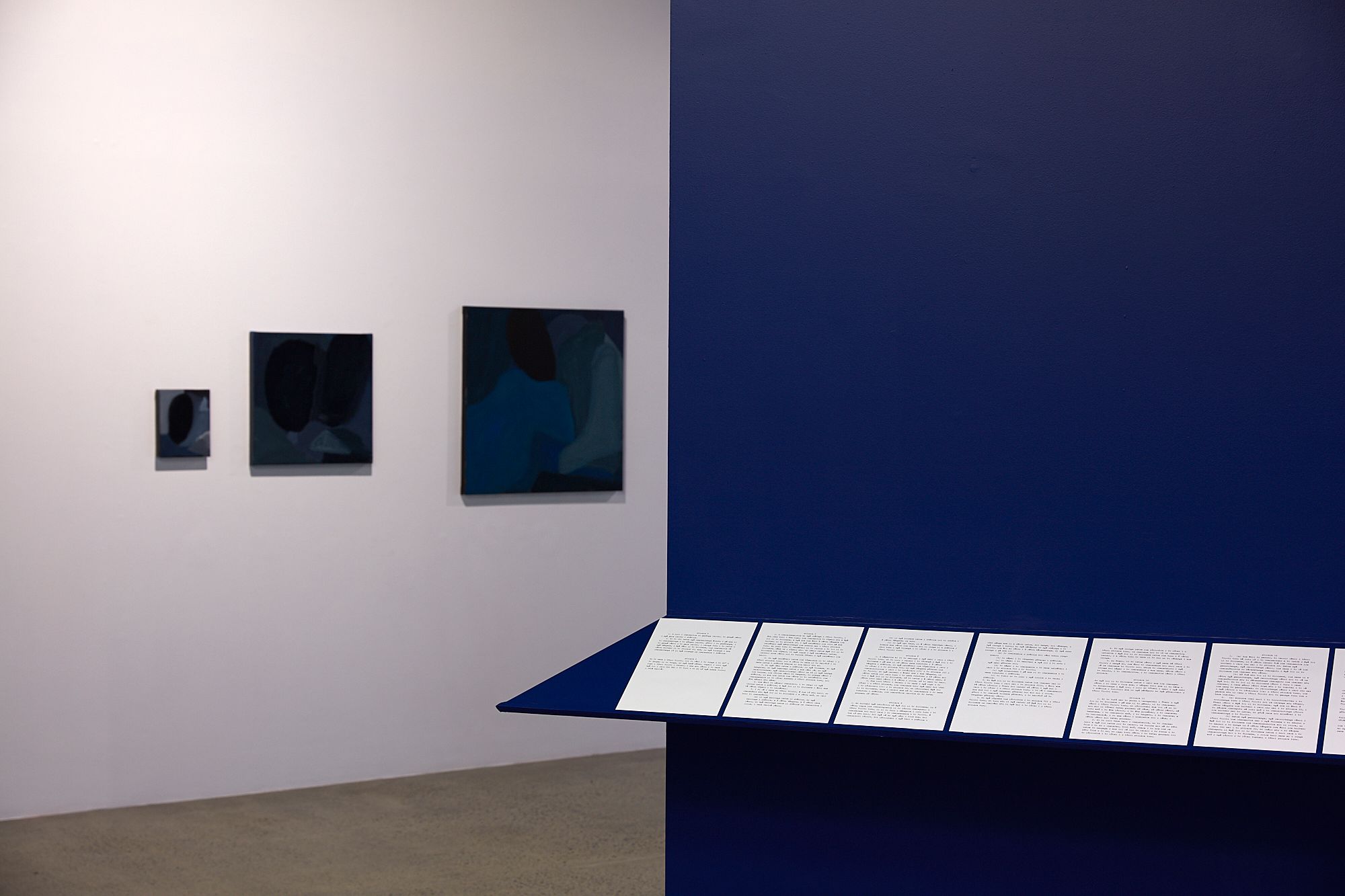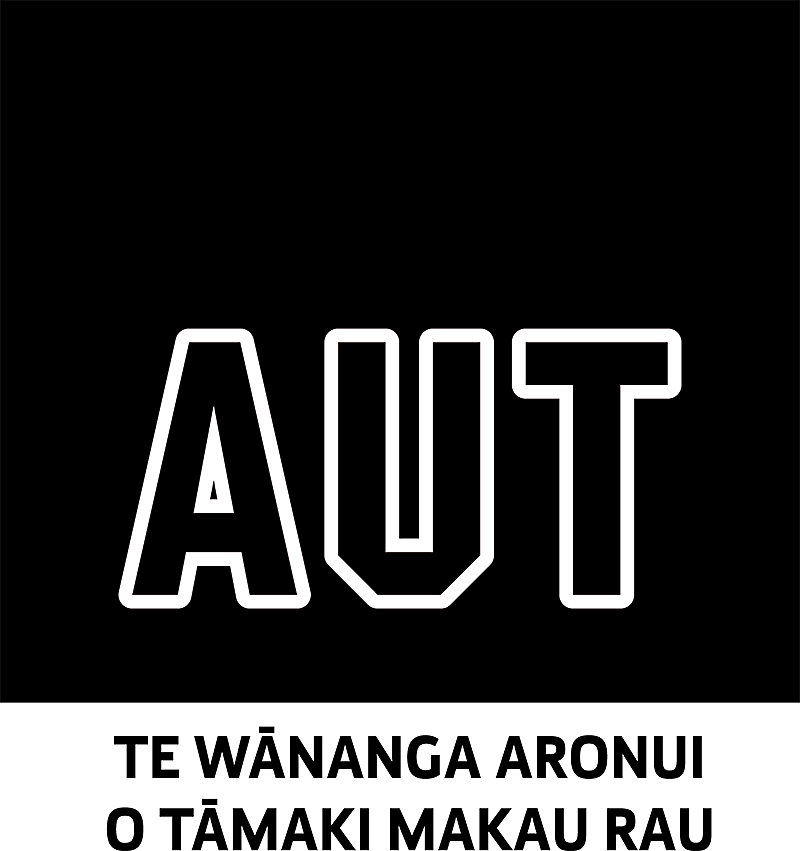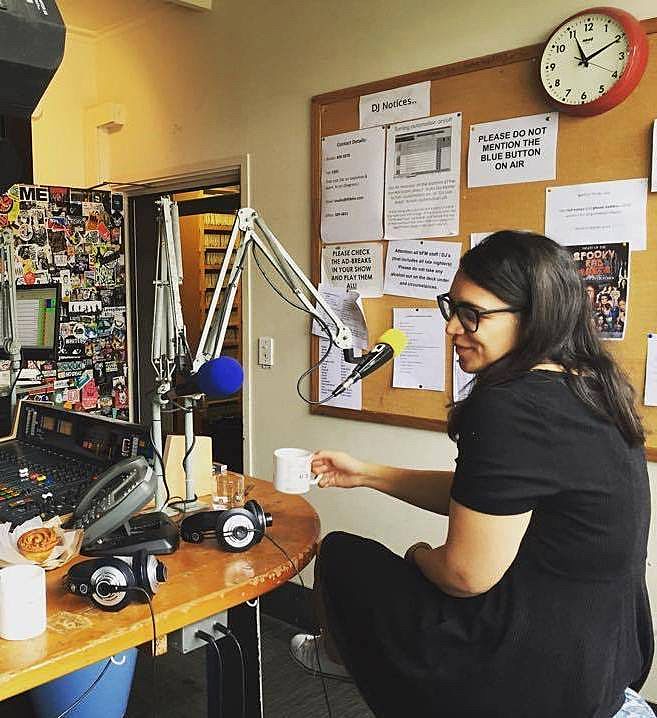Burning Out the Art Scene: How ST PAUL St Gallery are Doing Things Differently
Across the arts, funding has reached a crisis point but expectations on gallery targets remain the same. ST PAUL St Gallery have made a pointed change – to take their lunch breaks.
Across the arts, funding has reached a crisis point but expectations on gallery targets remain the same. ST PAUL St Gallery have made a pointed change – to take their lunch breaks.
[It was my mentor], the late great Dickie Fox, who said, “The key to this business is personal relationships.” Suddenly, it was all pretty clear. The answer was fewer clients. Less money. More attention. Caring for them, caring for ourselves and the games, too. Just starting our lives, really. Hey – I'll be the first to admit, what I was writing was somewhat touchy-feely. I didn't care. I have lost the ability to bullshit.
The character Jerry Maguire, in the movie of the same name.
Last year, ST PAUL St Gallery announced they would be slowing down their exhibition programming. From staging ten exhibitions in 2016, eight each in 2017 and 2018, (as well as twenty 20 exhibitions in their smaller Gallery Three space) ST PAUL St declared that they would present just two main gallery exhibitions in 2019. It’s a significant decrease. Surely another budget cut victim, right?
Funding for the arts, after all, has been crescendoing to a crisis point. While resourcing is a constant issue for arts organisations globally, recent effects within Aotearoa have been too acute to hide. Small regional theatres have closed across the country. Review and arts columns have had their word counts slashed, where they haven’t been removed entirely. Funding woes even reached mainstream media when Auckland Art Gallery Toi o Tāmaki’s battle with council funding received unprecedented levels of attention in 2017 and 2018, resulting in the implementation of an entry fee for international visitors.
To over-deliver is to confirm that projects can be achieved with insufficient funding; under-delivering risks missing out on future, competitive funding entirely
Yet while funding wanes, stakeholder expectations do not. Rather than reviewing outcomes, organisations are encouraged to find new revenue streams and philanthropic wellsprings. Decreased funding doesn’t just over-extend dwindling resources, it often adds additional work. It’s particularly unhelpful when additional grants and fundraising are secured through and attached to new programmes or projects, rather than supporting the bread-and-butter operational costs necessary for any arts organisation to thrive. As a recent UK report on museum sustainability notes, “Additional resources…are generally more likely to result in further underfunded expansion…than in doing core things better.”
We all know over-delivery is a catch-22 in the arts. To over-deliver is to confirm that projects can be achieved with insufficient funding; under-delivering risks missing out on future, competitive funding entirely. ST PAUL St Gallery’s announcement of fewer exhibitions felt like a much-needed refusal to work at the same level for less money. But when ST PAUL St Gallery Director Charlotte Huddleston corrected my assumption, and advised they actually received an increase in their operational budget for the 2019 calendar year, the gallery’s decision took on a new bolshiness. Here is a decision that doesn’t just declare that there’s a problem beyond precarious funding: it suggests that the status quo is already a stretch.
To paraphrase a classic New Zealand ad, good shows take time. But when curating is such an invisible and amorphous process, what accounts for all that time? Exhibitions are, of course, the most visible result. There’s a clear form; something tangible to encounter and published words to read. Exhibition change-overs, too, are the clearest visible sign of continued productivity. During installation labour is clearly seen in its most physical sense; walls painted, work hung; media releases and texts written, printed and folded.
It’s commonplace when discussing the role of a curator to begin by noting its etymological roots in the Latin curare; to care. From the 18th century, the job title referred to the curator’s care of a collection, safeguarding both its physical state and its scholarship. While collections are still a major aspect of the profession, over the last century curating has drifted away from collections as its only focus. Contemporary practice is now often concerned with engaging with current and parallel art making, often in dialogue with artists making works specifically for exhibitions.
The role of the contemporary curator is consequently murky, with different ideas on what it means taken up by different people. Whatever the conception, the job clearly roams over a wide range of tasks, from co-development of art; to research of current practices, methodologies and trends; through to logistical support of marketing and public programming.
A friend once told me that art will take anything that you give it. It’s a useful way to think of the exhibition – as a cavern that can always swallow what you throw at (or down) it
The lurch between the administrative and the esoteric is compounded by increasing pressures for curating to exist far beyond the craft of exhibition making (see here for an interesting argument between curators Jens Hoffman and Maria Lind on the matter). As curatorial discourse increasingly takes a number of ‘turns’ and expands wider and wider to account for the multiple forms that an exhibition can take, both within and outside of the white cube, so too is curating under pressure to keep up to date with current conceptions of the profession. Contemporary curating further places a high value on close relationships with artists, which are frequently fostered over conversations that have less to do with an exhibition and more about general life. So is a meeting a gasbag or a careful negotiation of expectations? Is that time at the office spent writing a carefully crafted email or on the flip of a Facebook message? Honestly, usually both, or rather they both play a role in collaboration. As a consequence though, it’s near impossible to draw a line between the personal and professional. Networking increasingly becomes valuable as a form of informal research, as well as building a consistent following. A friend once told me that art will take anything that you give it. It’s a useful way to think of the exhibition – as a cavern that can always swallow what you throw at (or down) it. The possibilities for disrupting its format, teasing out ideas and connections through writings and programmes, are endless. But thinking of the exhibition is as a gaping cavity is also a useful caution for how much they can consume.
A glance at recent art writing reflects a concern for the toll of over-investment. Pantograph Punch visual arts editor Lucinda Bennett has written astutely on how ‘passion work’ is susceptible to exploitation. Curator Ema Tavola similarly previously identified the very real dangers of working from a place of love:
Whether it’s about curating or not, the hardest thing about working from the heart is burn-out. Working with artists and artwork I love, and curating for a community and socio-political space I draw energy, sustenance and inspiration from, I’ve found it hard to stay within my physical limitations. As in, I work myself half to death – I’ve been in and out of hospital and endured tragic repercussions. I have to set boundaries and keep myself safe.
It’s noticeable in speaking with Huddleston, too, that she isn’t talking about the stretch of general resources, like artist fees and design costs (though that’s a concern); she’s talking specifically about people. Last year, ST PAUL St Gallery operated with only 2.5 full-time equivalent staff; that has increased to 3.5 for a one-year fixed term in 2019, as part of their increased operational budget. The benefit of decreasing the programme is not just in saving costs; it’s also in spreading a more manageable workload. Huddleston and her team aren’t looking to redirect their energy into other projects. They’re just looking to take their lunch breaks and not send emails late into the night.
It might sound like a bit of a whinge: even though burnout is real, so too is our relative privilege across the spectrum of arts workers
It might sound like a bit of a whinge: even though burnout is real, so too is our relative privilege across the spectrum of arts workers. There is a perverse irony in receiving a secure salary for work that relies upon the work of those in much more precarious positions – the artists. With income coming primarily from sales, talks and fees for shows, overproduction affects them much more greatly. It is important then to situate concerns about curatorial labour within a much wider political and philosophical discussion about how we value, measure and monetise creative work within current conceptions of productivity. While we can make small acts of resistance against resourcing, creative pursuits are always up against expectations of performed labour.
A more immediately rectifiable concern regarding over-stretched staff resources is found in the effect it has on the quality of exhibitions themselves. Aotearoa boasts a healthy range of institutions, from small artist-run and project spaces through to behemoth city galleries, yet most spaces work to the same rate of exhibition turnover. Through habit, programming rhythms have formalised into convention. It’s approximate, but the rule of thumb is generally to open a new show every six to eight weeks. At any stage, staff could be working on multiple exhibitions, with two or three shows at different stages in the pipeline.
For institutions that are staff poor, this rate of exhibition turnover not only places considerable pressure on curators as arts workers, it also compromises curating itself. While curating comprises tasks that run from emotional labour through to logistical oversight and intellectual conceptualising, under-resourcing has the effect of prioritising administration over more free-roaming modes of research and activity. Certain jobs are simply non-negotiable to present an exhibition: installation, promotion, loan agreements. What often falls to the wayside is artist advocacy. With a rapid turnaround of exhibitions, the duration of attention to each show diminishes. Investment in long-term relationships with artists, both before and after the exhibition, is compromised. Attempts to galvanise public attention, and memory, through marketing and writing is hampered. As they open and are quickly replaced, there’s little breathing room for exhibitions to feel like they’ve had an impact. The hamster-on-a-wheel effect also fosters a short-term myopia, an equivalent of living paycheck-to-paycheck; thinking that kills long-term strategising. Notably, Huddleston’s move to decrease exhibitions only came after a year’s sabbatical leave.
Up the road a bit from ST PAUL St Gallery is Artspace Aotearoa, a project-space that recently changed exhibitions from six- to ten-week runs. Part of that relates to concentrating input: more money for artists and production; more research for curators. Speaking to their director Remco De Blaaij, it’s clear that the move also responds more strategically to the need to give each exhibition more concentration. Longer shows means more consideration for public programmes and repeat visitation in particular.
research might be thought of as a circular process of searching the same content, each time approaching it more informed from previous encounters
Looking overseas, we can find more advocates of placing greater attention – both from curators and audiences alike – on fewer exhibitions. The Artist’s Institute in New York, for example, divide their year into two seasons, each dedicated to a single artist. Praxes, in Berlin, also run four half-year programmes dedicated to separate artists. Of course, this approach allows for a scholarly rigour in the unpacking of an artist’s practice. Some galleries are in fact returning again and again to the same content. Curator Anthony Huberman notes that New York’s Dia Art Foundation have exhibited three consecutive shows of the same artist, while BAK in Urecht have dedicated a three-year programme to a single theme. In a similar vein, ST PAUL St’s current kaupapa, which involves renaming the gallery, harks back to a Local Time project in 2012. I’m reminded of a talk by former ST PAUL St Gallery Assistant Director Abby Cunnane in which she traced the etymology of research, based both in the French chercher ‘to search’ and from there the Latin circus, ‘to circle.’ Read together this way, research might be thought of as a circular process of searching the same content, each time approaching it more informed from previous encounters.
Slowing down, then, places a greater emphasis on research than it does on production. It also refuses a constant stream of updated content for consumption. An exhibition of a long duration might be thought of as a circuit breaker, a jam in a steady turnover of projects that presupposes limited attention spans. This doesn’t just support curators, it also supports artists. They too are affected by a climate of overproduction.
But serving artists better might also mean serving fewer artists. As Huddleston states:
We chose to [slow down programming] predominantly. The question was how do we do it without compromising. Fewer shows means fewer opportunities; more artists miss out, and we miss out on working with more artists.
With regards to the Artspace extension of exhibitions to ten weeks, their director acknowledges the response has been mixed. Artists are particularly affected. After all, fewer shows means fewer of already slim chances of exhibiting. There will never be enough exhibitions to cover the range of artists or ideas around. If slowing down shows opens up breathing room for artists and exhibitions, the opportunity cost is breadth of programming. It’s well and good to acknowledge that fewer shows should equate to better quality, but what are the repercussions for representation, selection, inclusion? It’s a particularly urgent problem given the huge under-representation of women, artists of colour, and the LGBTQI community in programmes to date. Institutions presenting a large number of shows have, arguably for both better or worse, used their scope to attempt some basic representational balance within a wider programme. The ST PAUL St Gallery approach has been to curate two exhibitions that have notions of plurality in-built. Two Oceans at Once, their current exhibition, is premised on the concept of multiple narratives, while their upcoming exhibition in June allows for new projects to emerge and disappear within the timescale of a single exhibition.
As De Blaaij notes, the selection of artists is a curatorial question that affects any exhibition programme, regardless of its timeline. But a constant churn of exhibitions has the effect of watering down curatorial, and artistic, decision-making. Having to maintain a steady-paced programme can place an organisation on auto-pilot.
Consideration of programming models needs, in part, to account for the position of any given gallery within a wider scope of institutions. Huberman recently asked, how “do we begin to redefine and rearticulate what it means to occupy an alternative position today, or to identify a role that commercial galleries and larger museums either can’t or won’t play?” It is imperative to note that ST PAUL St Gallery and Artspace have a comparative level of independence in creating their programme structures. As a university gallery, ST PAUL St’s mandate is more aligned with research, education and university engagement than it is with visitor numbers or outreach. They also enjoy a level of autonomy. Programming decisions can be made and approved in-house, and are not vetted by a board or a committee. By contrast, larger institutions often must meet audience visitation targets as stakeholders’ preferred measure of accessibility; ensuring the ‘public’ is served through sheer volume metrics. For many local-board-funded galleries, there are KPIs that determine the number of exhibitions staged per year. More pervasively, they often also place targets of audience visitation. Changing shows frequently is then a key tool in sustaining interest in the gallery, spurring visitation with each show as well as repeat visitation from a committed audience.
It is then doubly significant to acknowledge ST PAUL St’s decision to stage just two exhibitions this year as one that is self-driven rather than a response to a funding decrease. Without much to evidence quantify how much work is adequate, smaller spaces have more autonomy to draw that line themselves. ST PAUL St Gallery’s stepping off the treadmill to work at a self-defined pace places more focus on curating as well as artists’ research. With more attention on these decisions, there’ll be less room to hide – a greater transparency in what these institutions care about, who they think they serve. So what will they show? How will they do it? What will they do that other spaces don’t or can’t? In an arts climate that constantly seeks to keep us moving from one thing to another, ST PAUL St Gallery have our attention.
Feature image: Ella Sutherland, The Right Here and the Moving, 2014.
This piece is presented as part of a partnership with the ST PAUL St Gallery. They cover the costs of paying our writers while we retain all editorial control.
